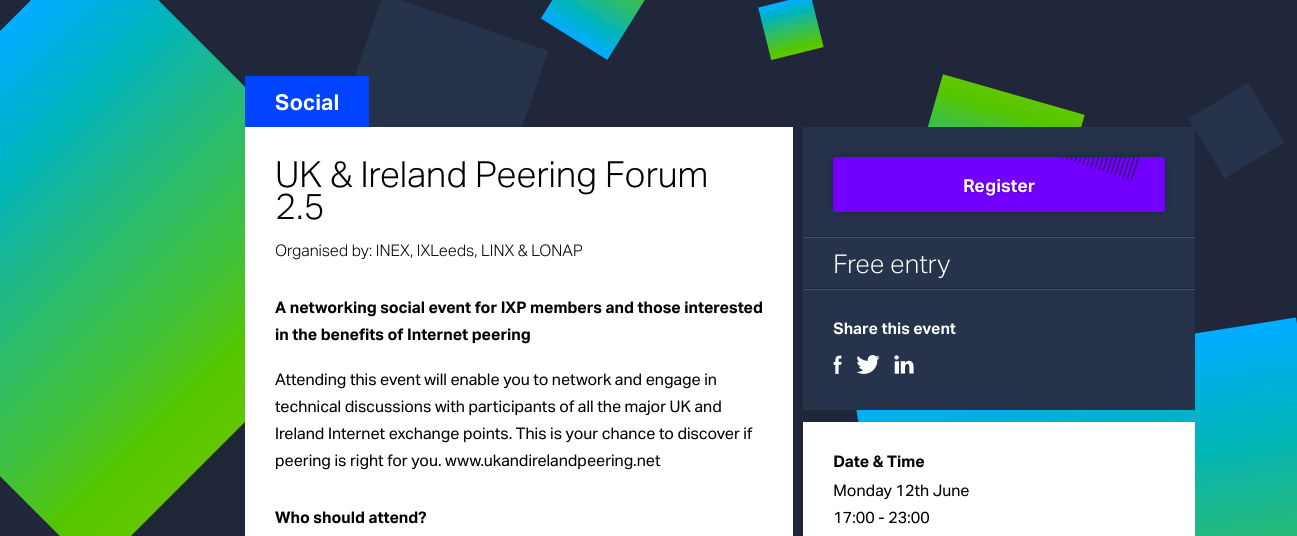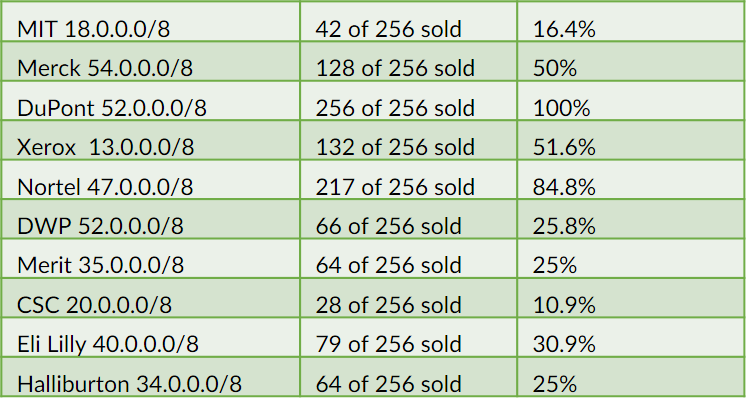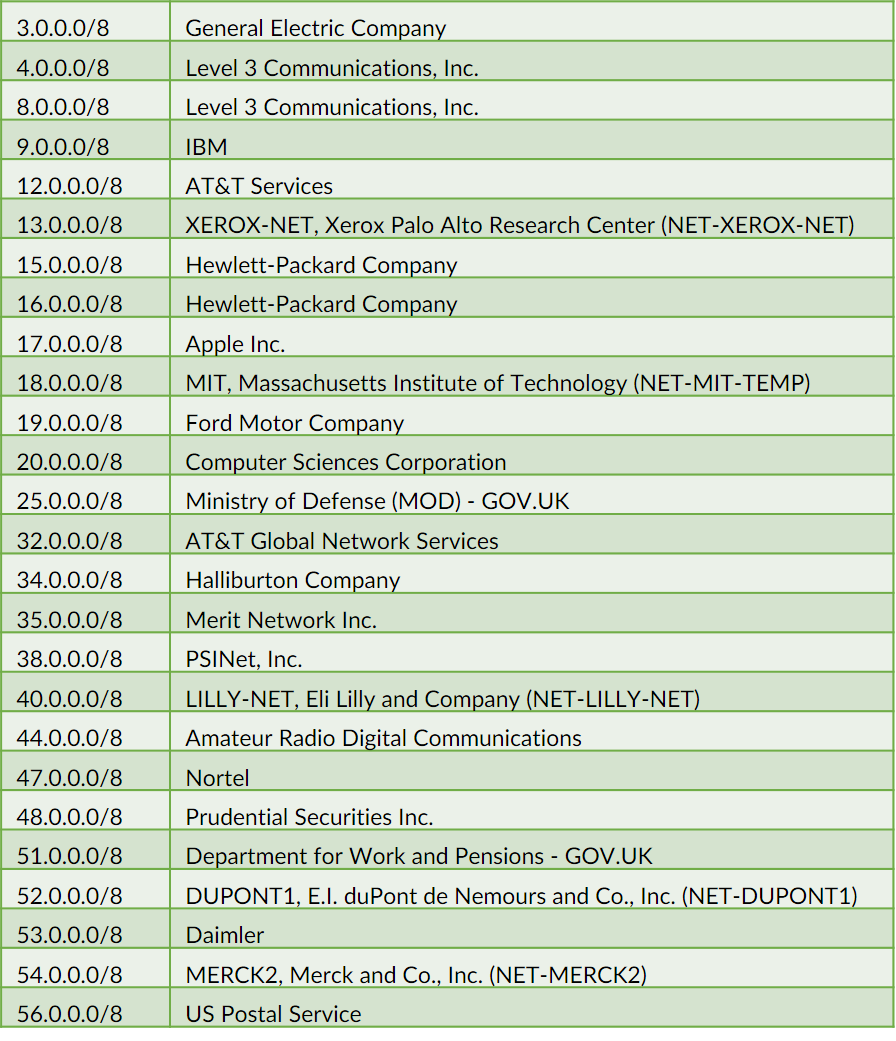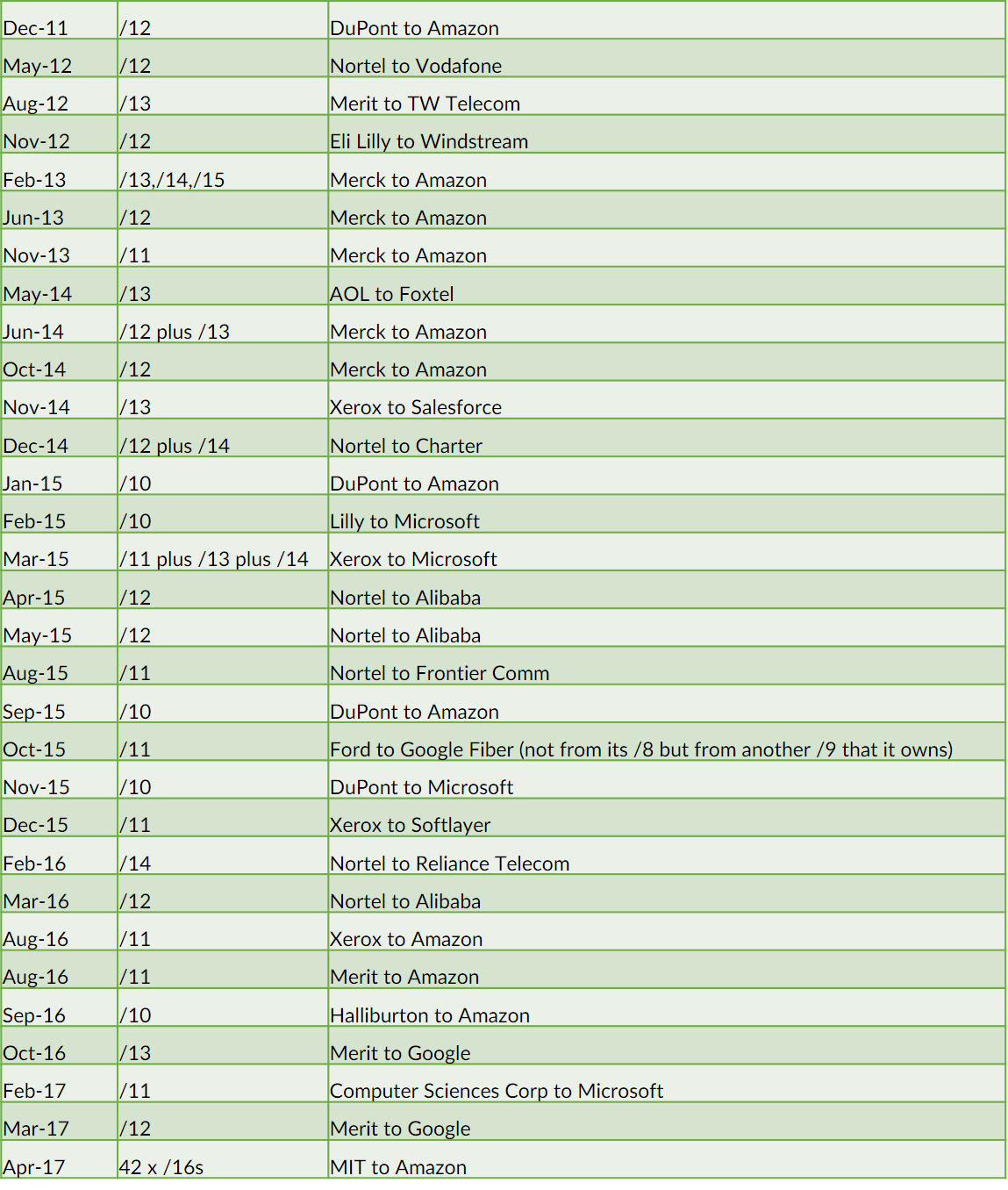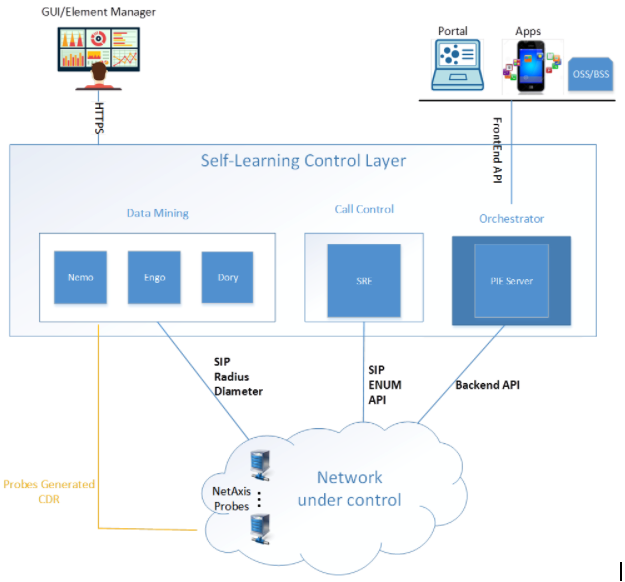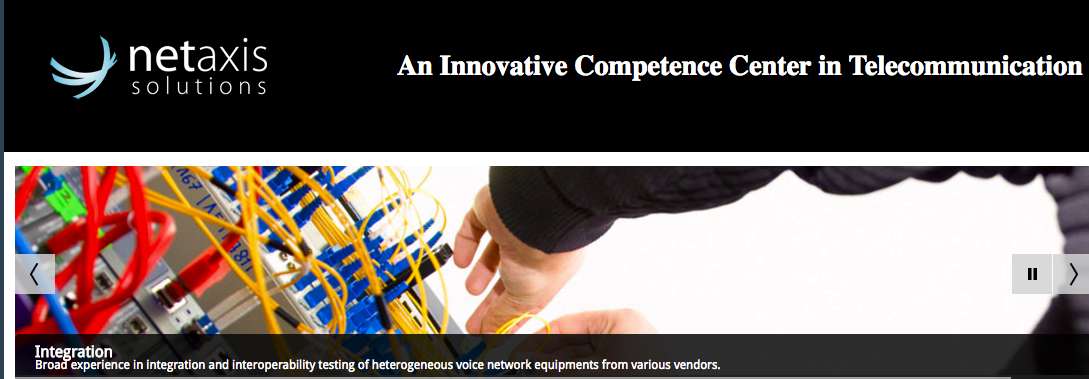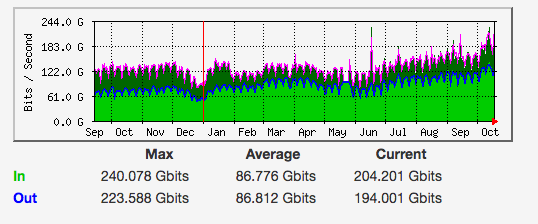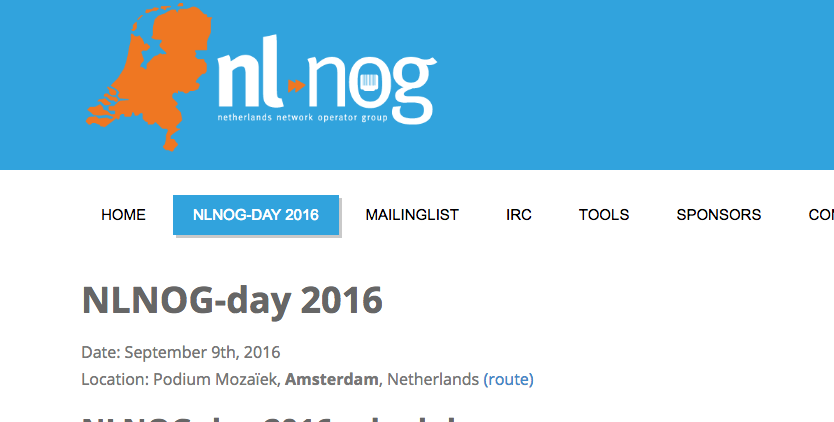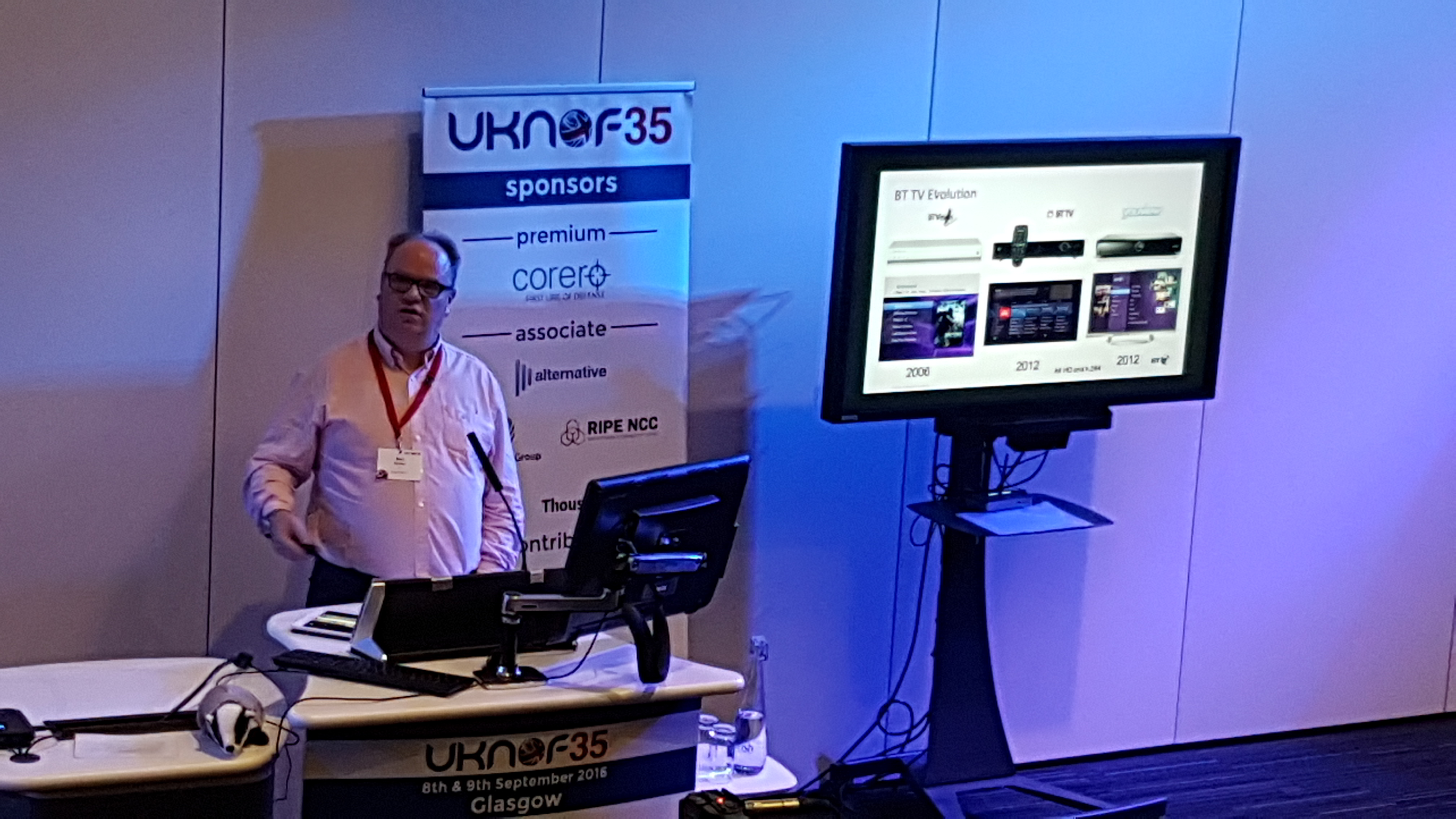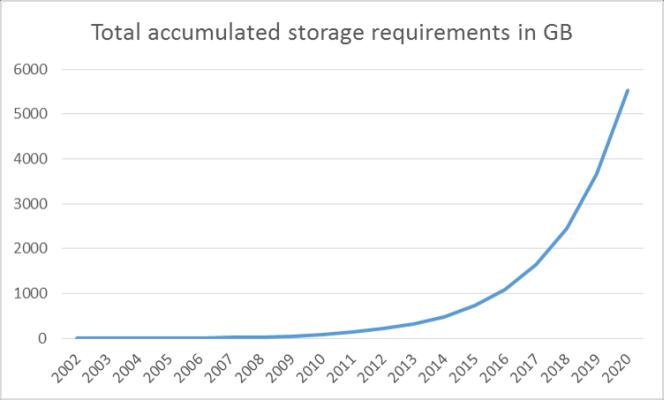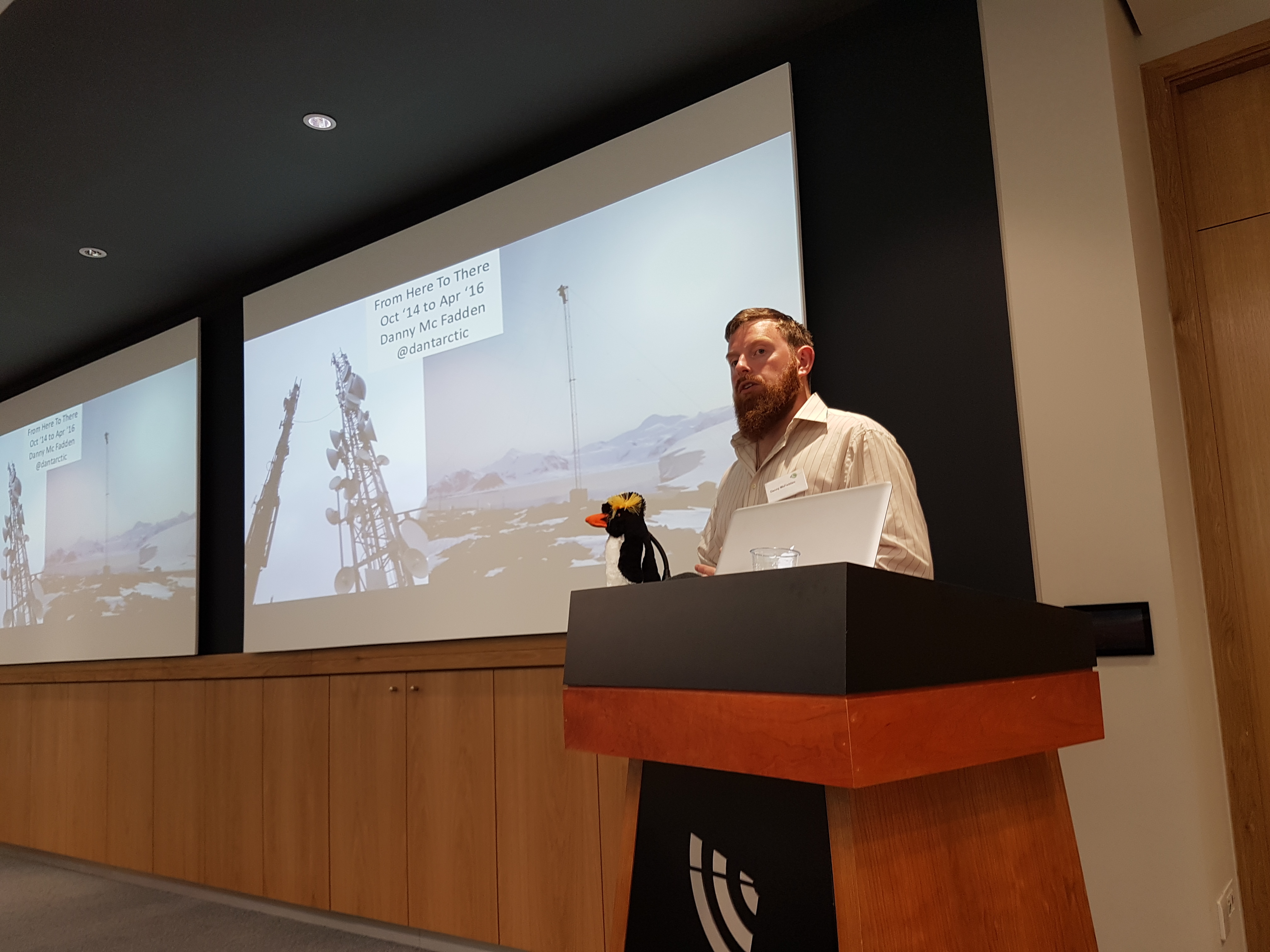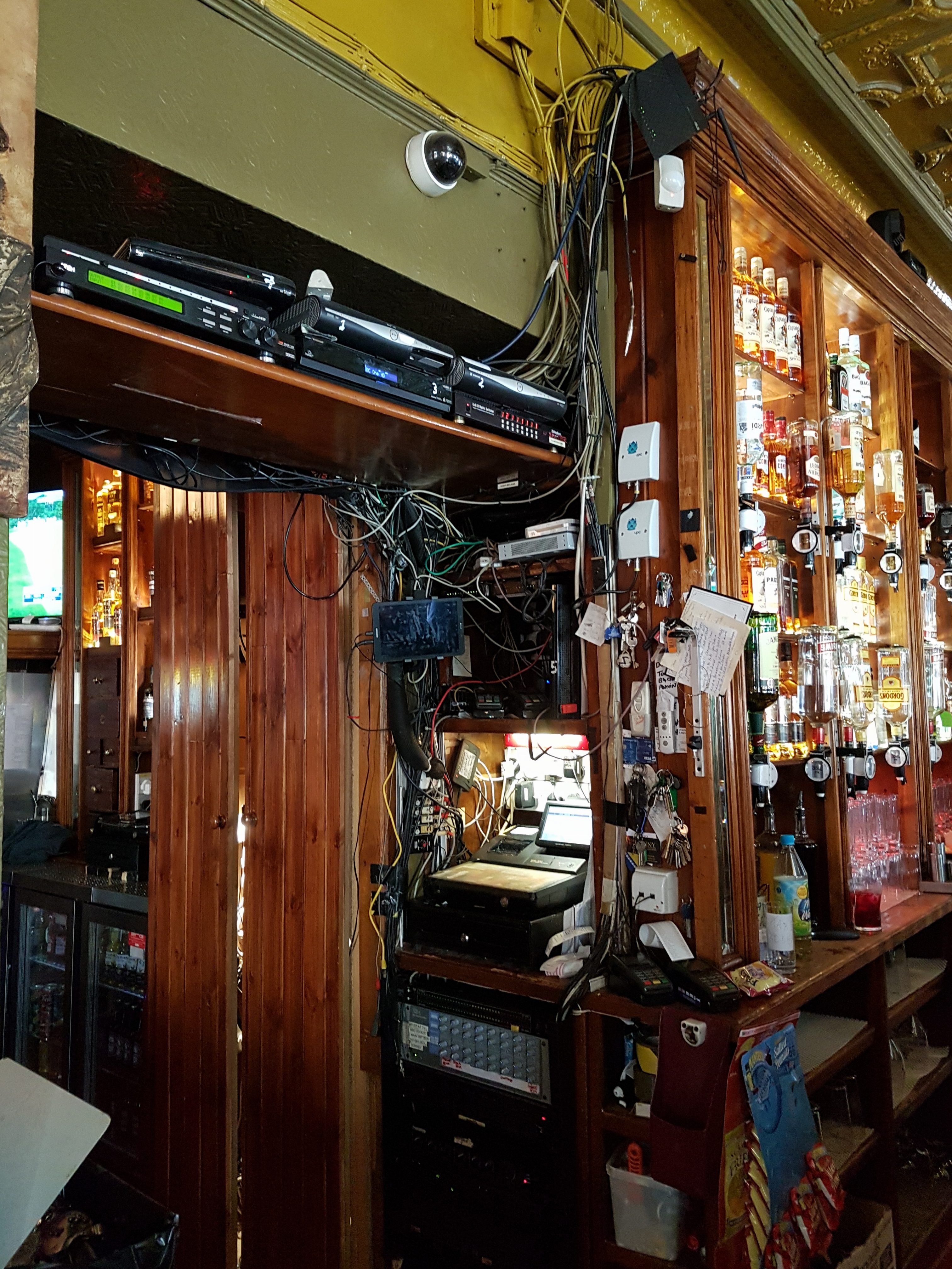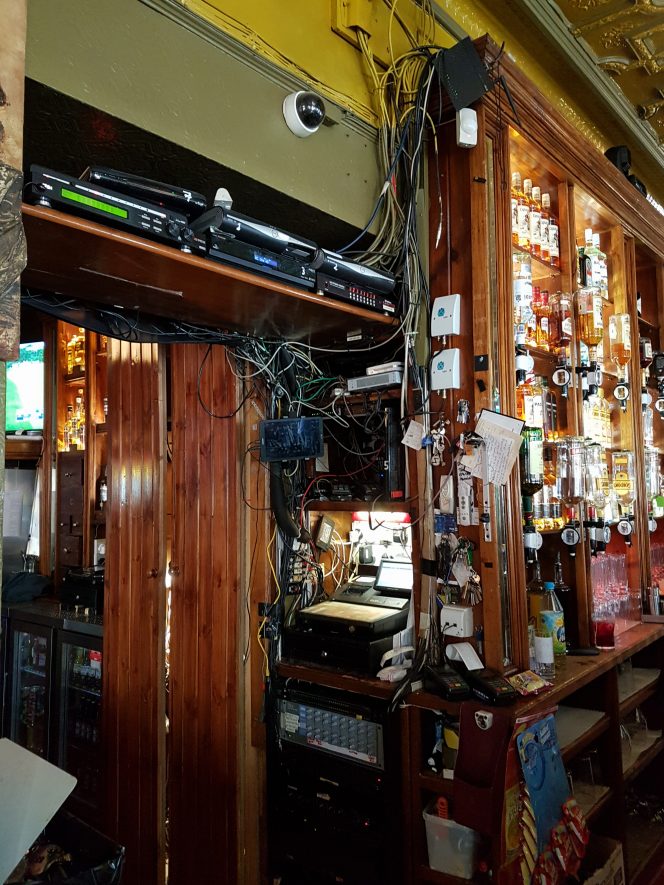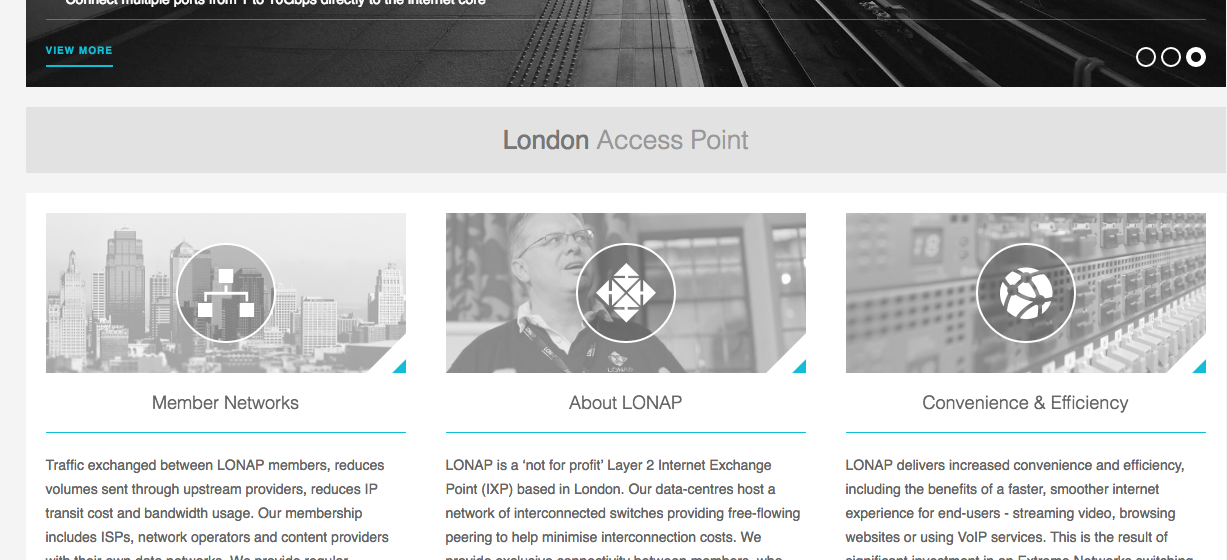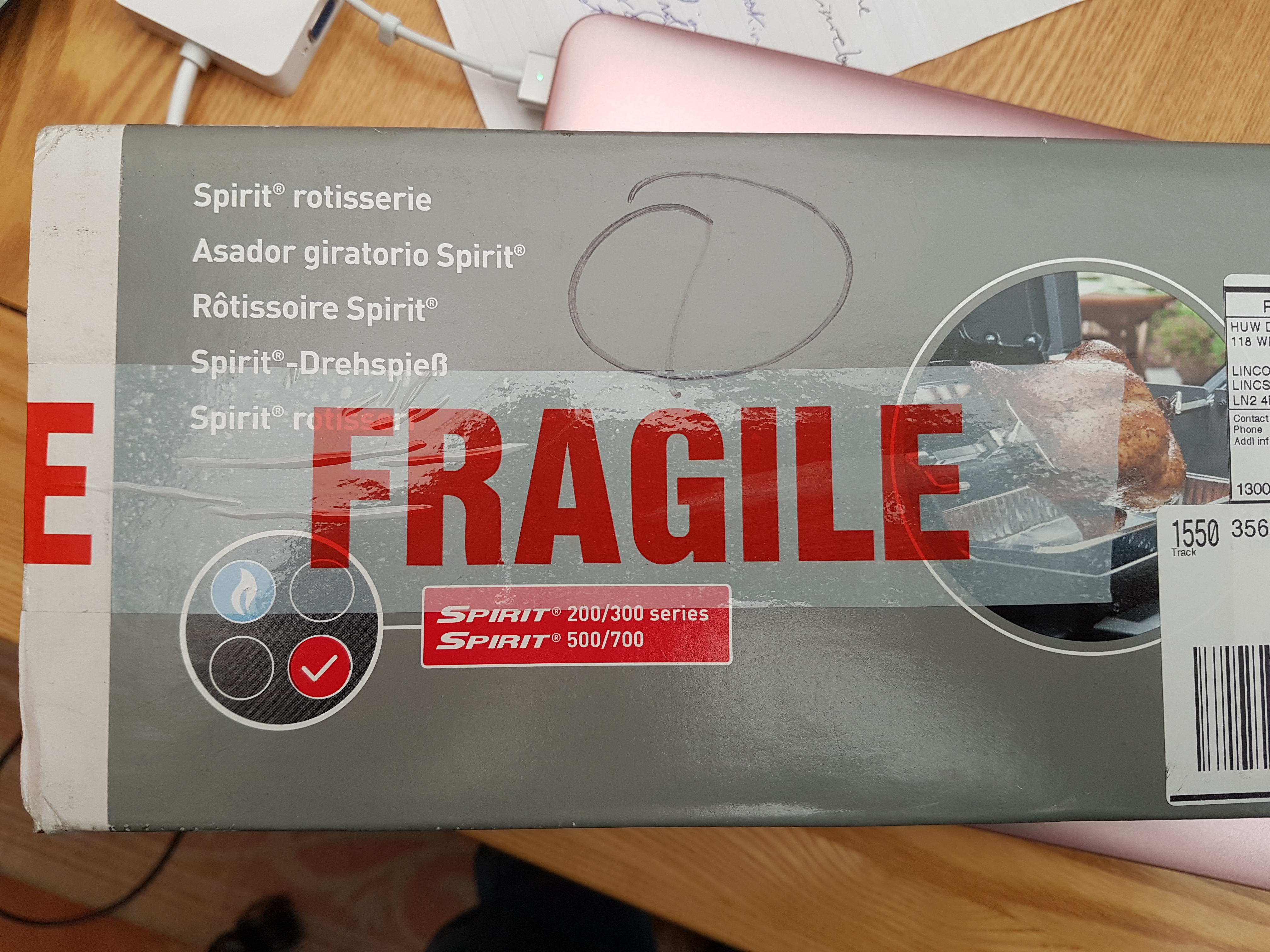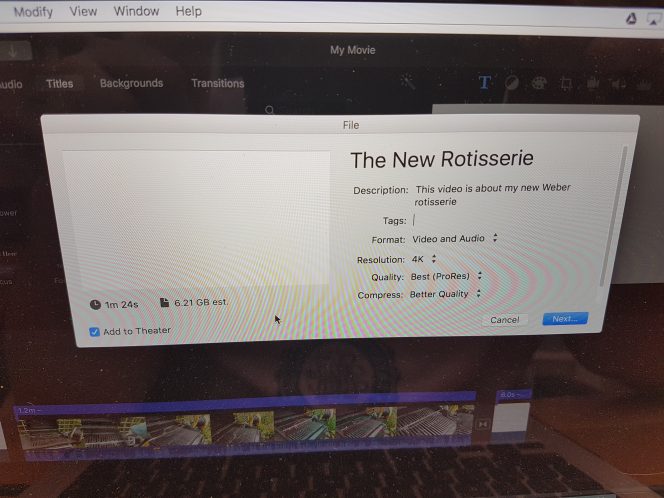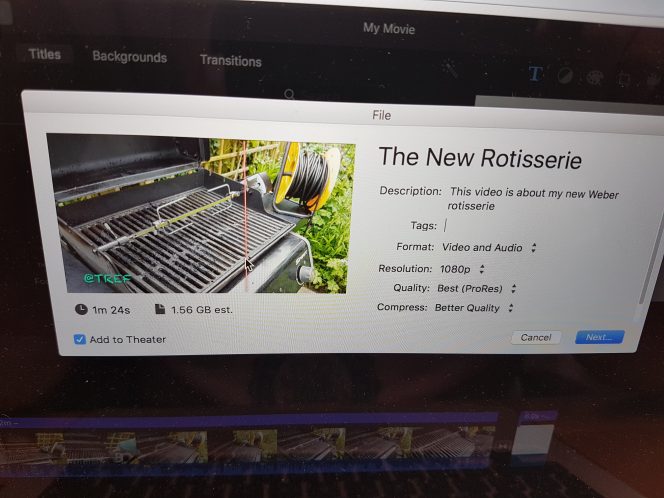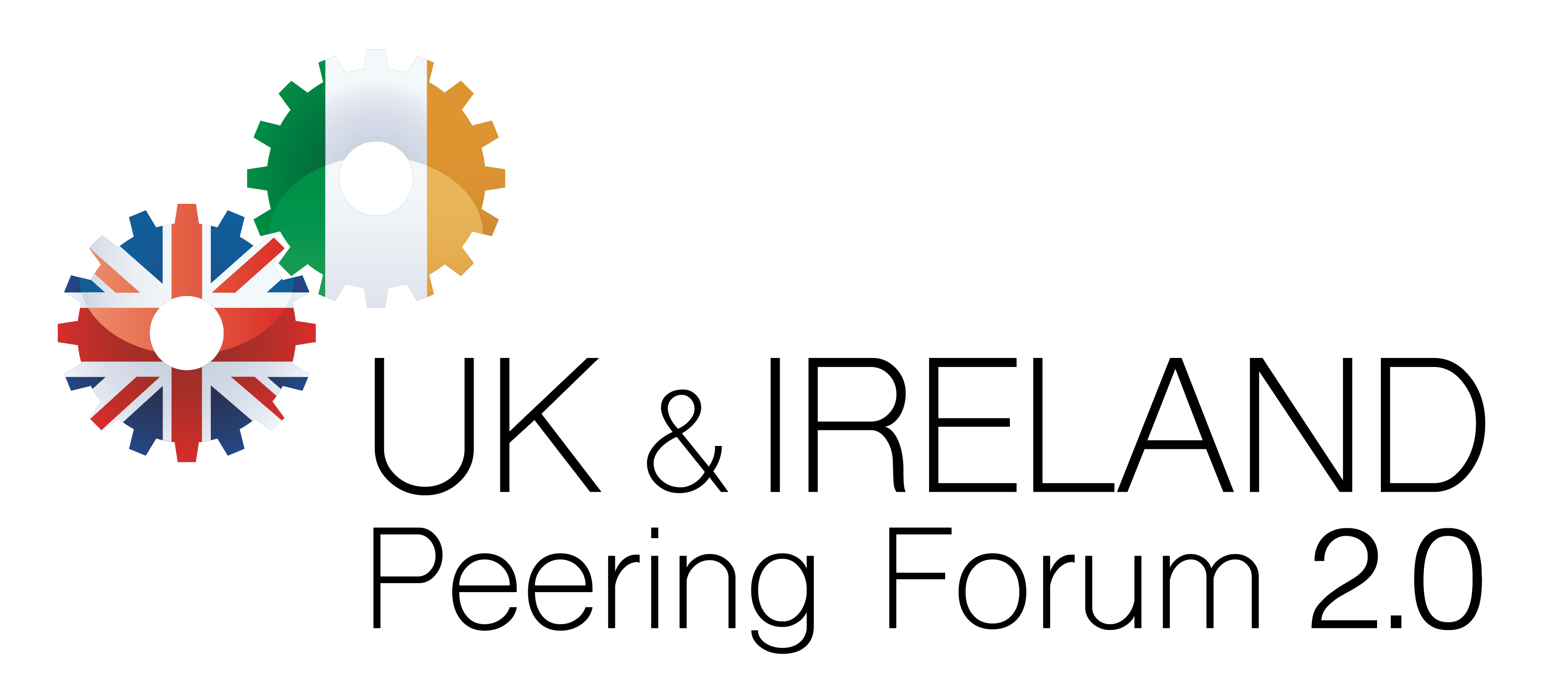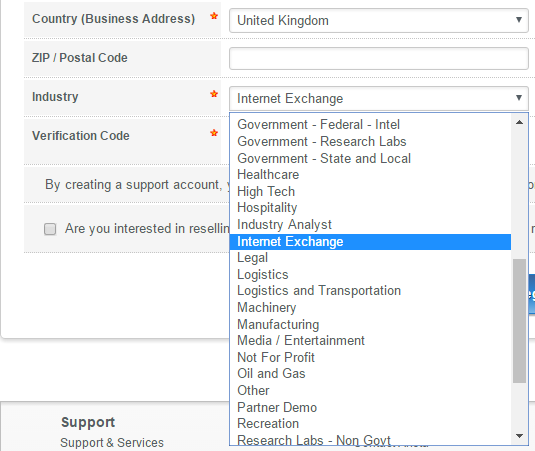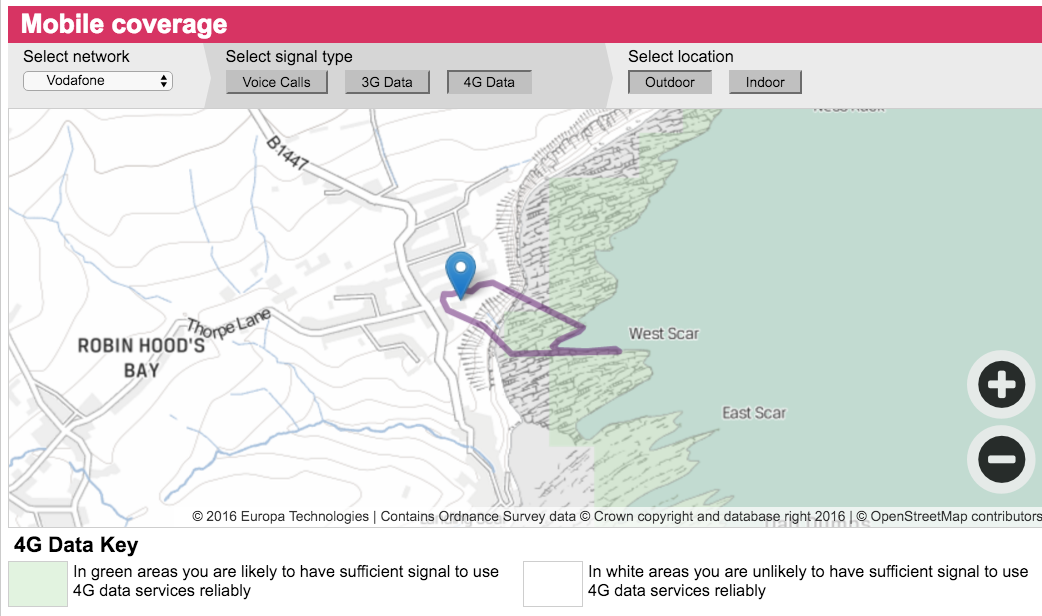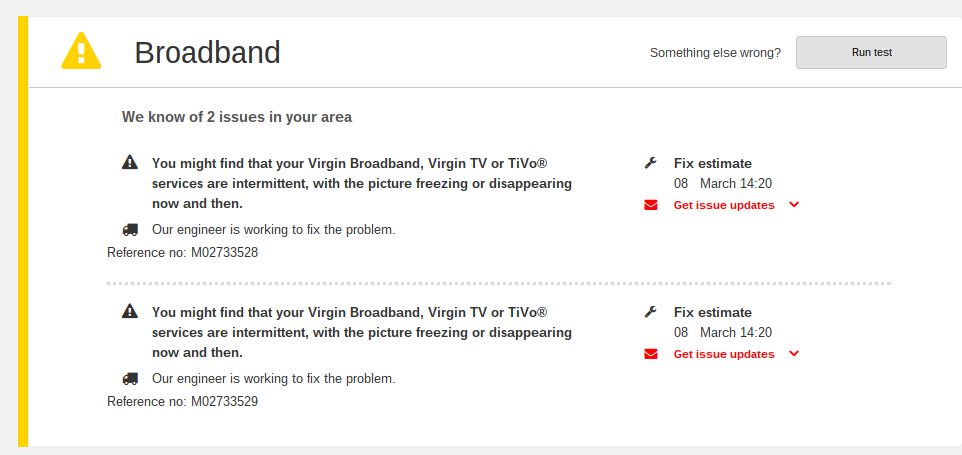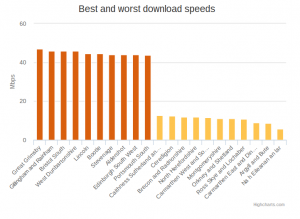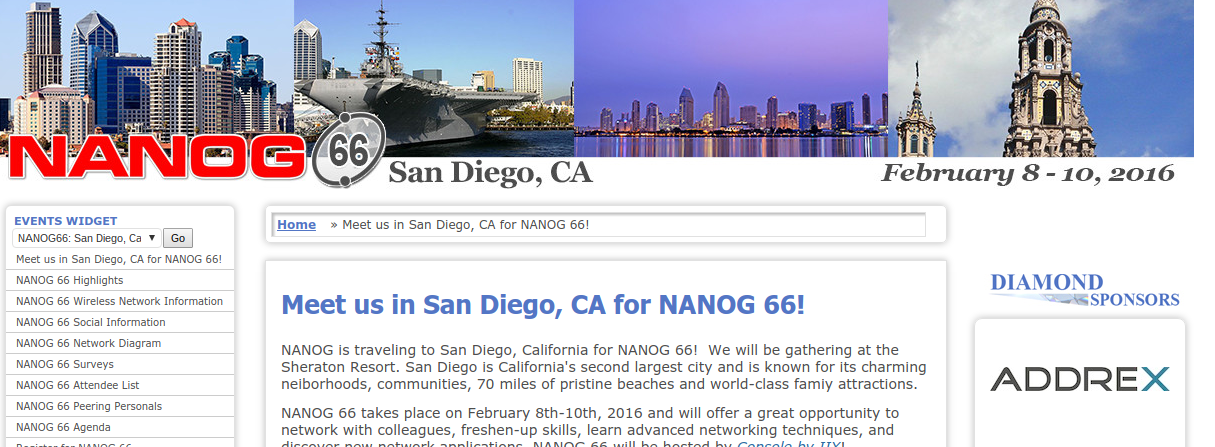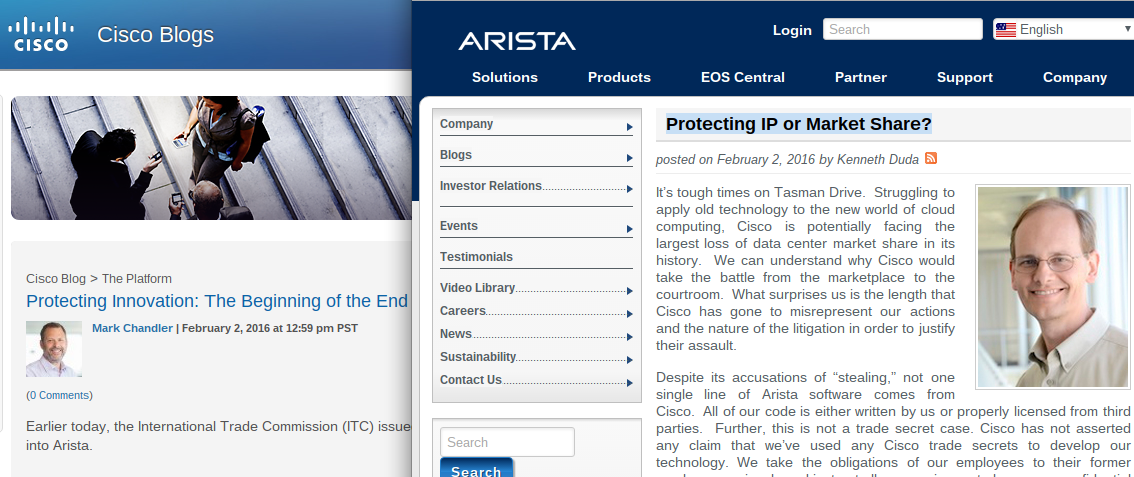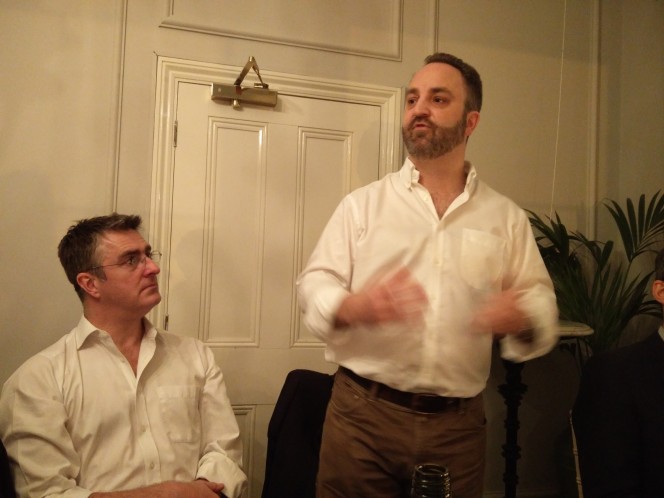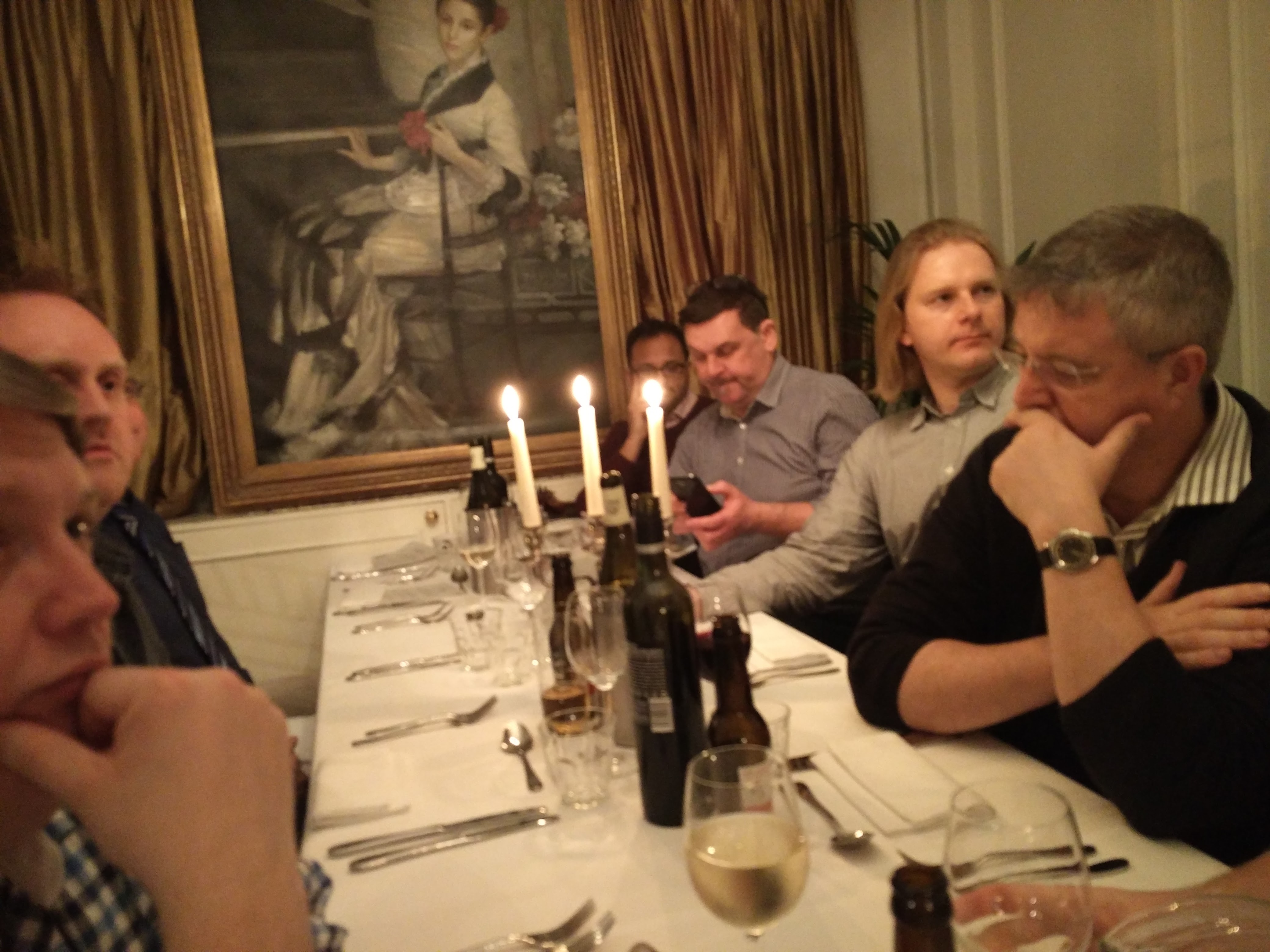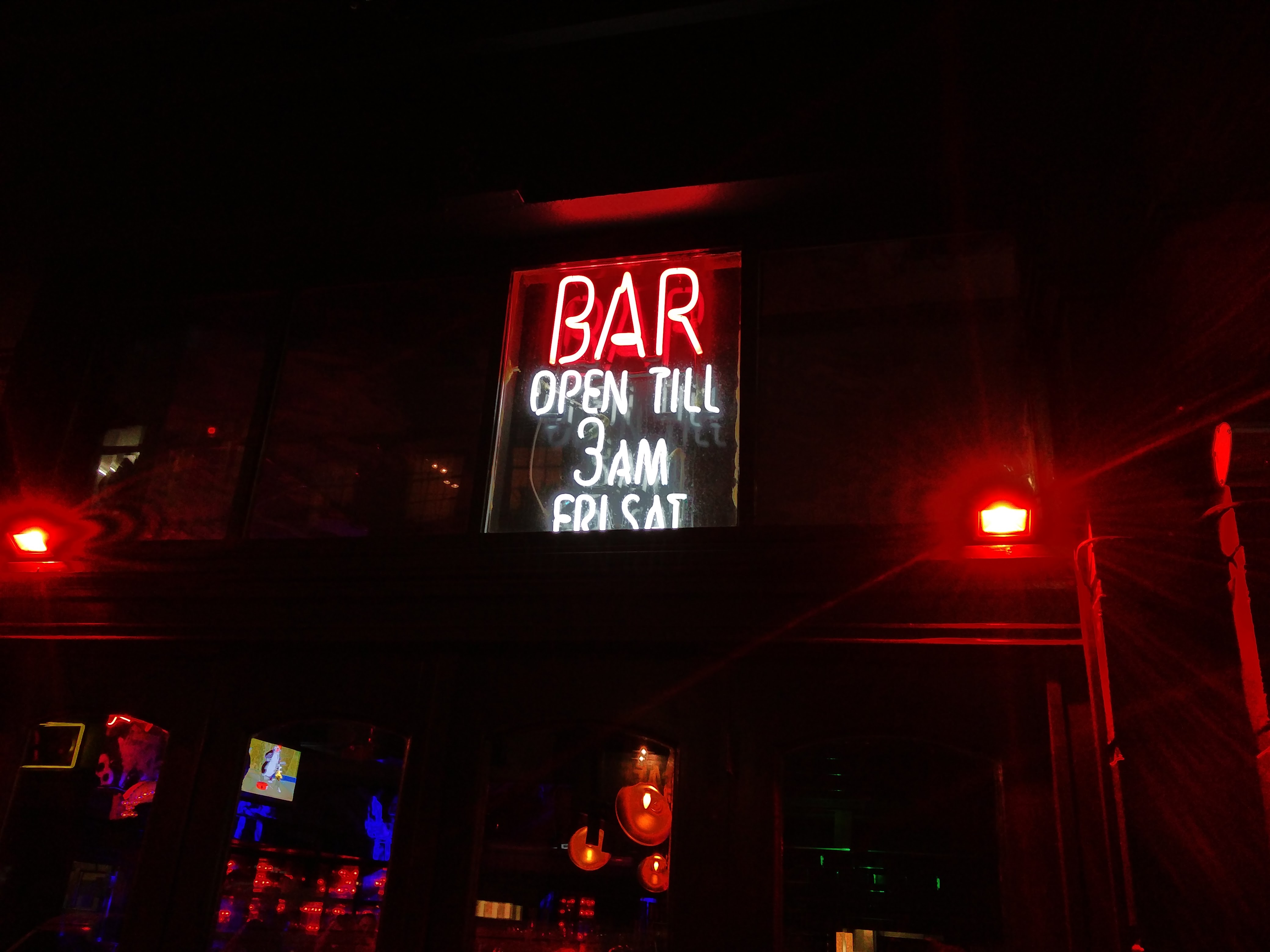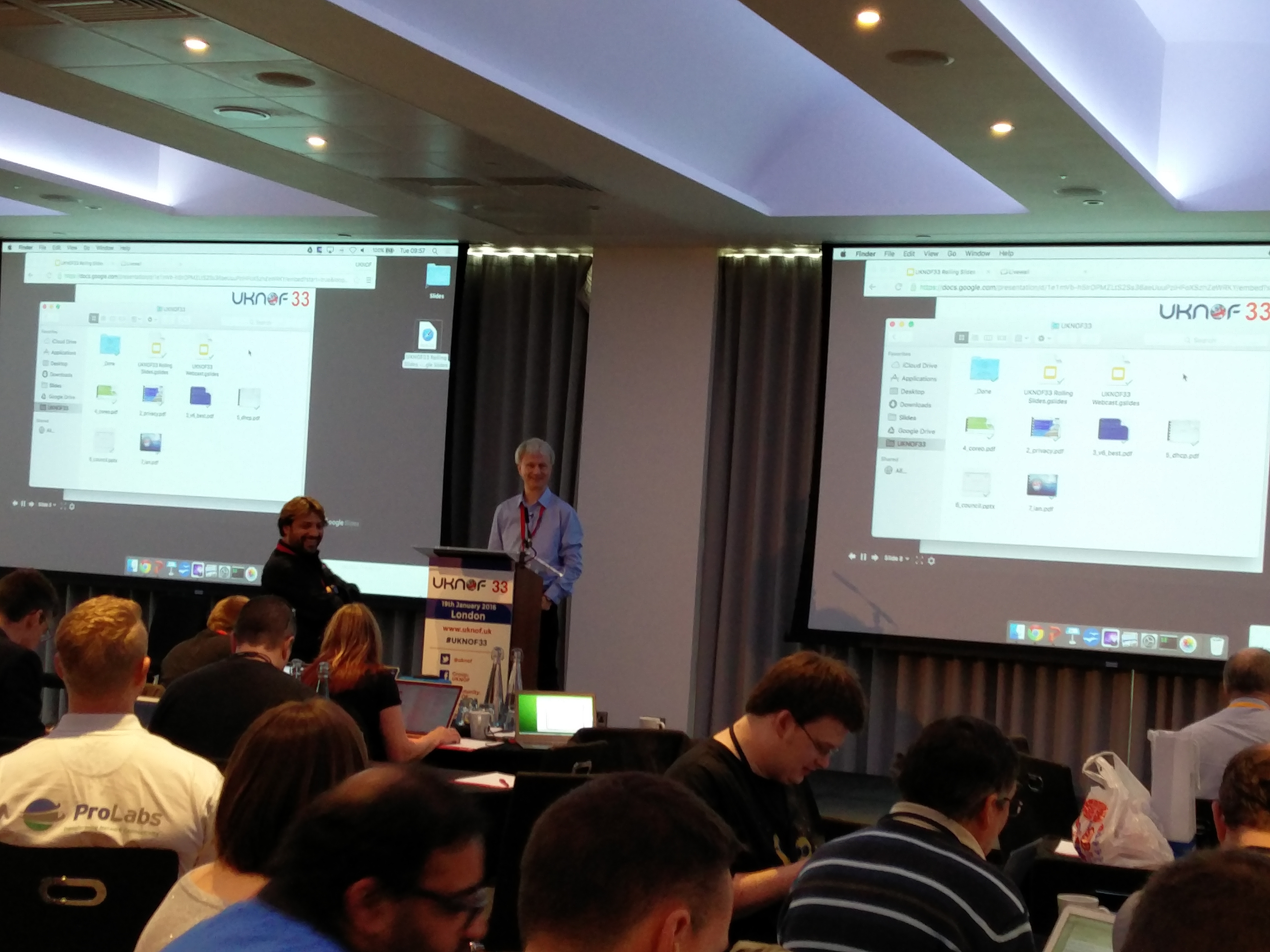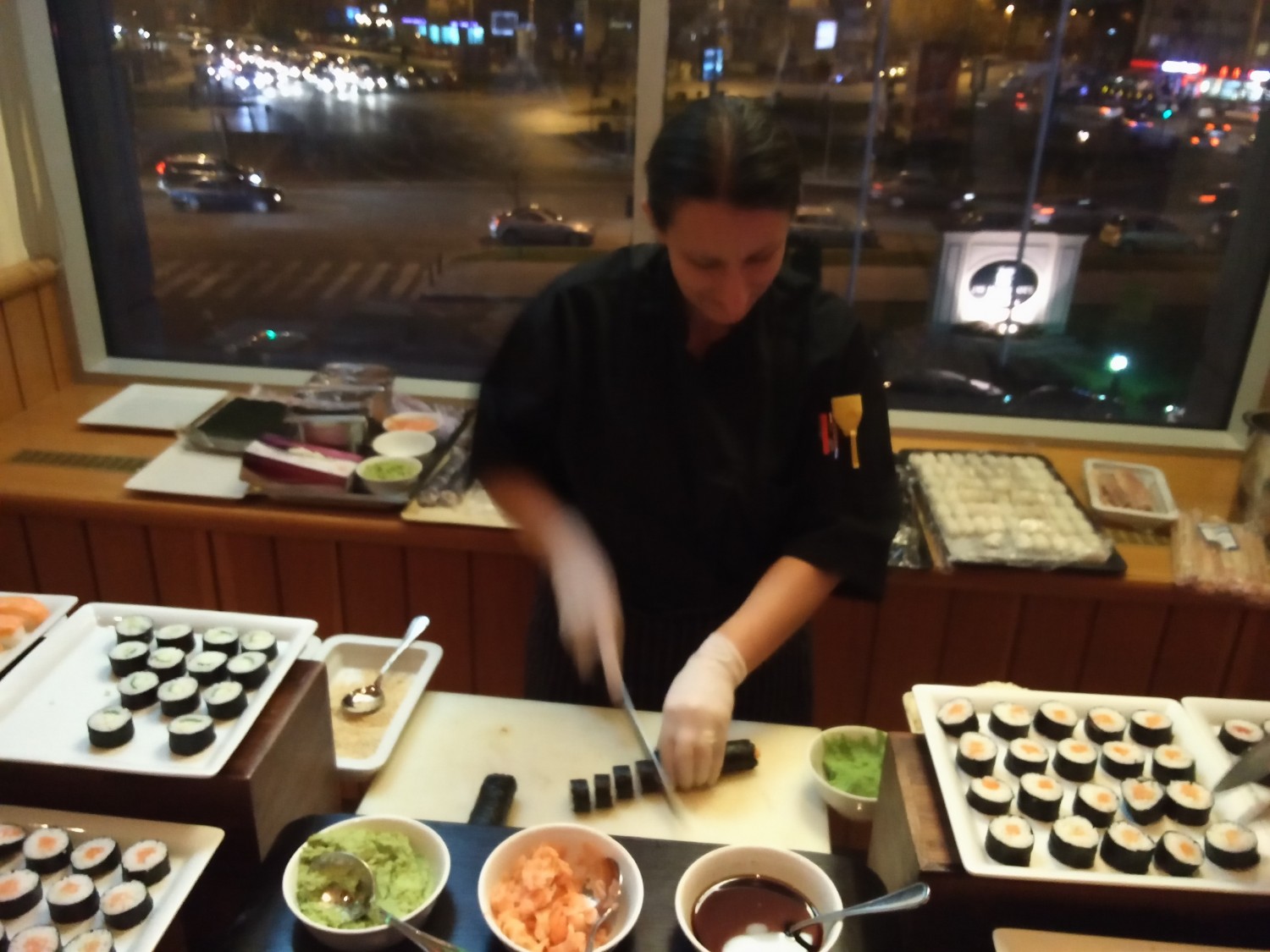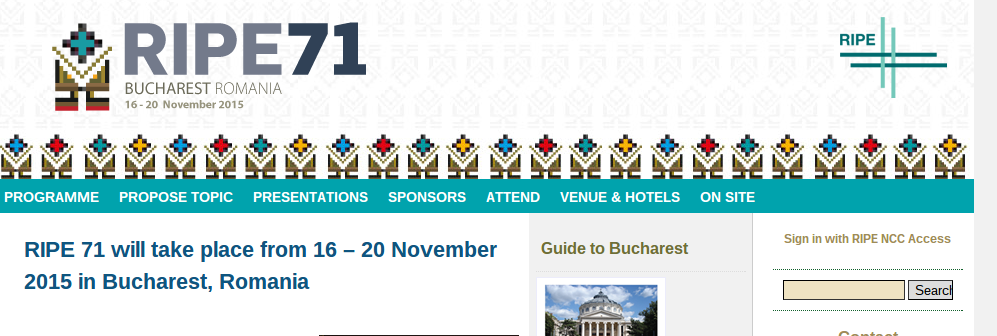The business of rural fibre
Gigaclear CEO Matthew Hare is a pal of mine. In this little chat Matthew gives his opinion on the future of fibre broadband in the UK.
Tell us about Gigaclear, how and why you started the company.
I started the company in December 2010 aiming to deliver brilliant broadband to rural areas that were crying out for something better. The business model was and is to build and operate new ultrafast, pure Fibre-To- The-Premises (FTTP) broadband networks in rural communities where the existing fixed network infrastructure underperforms.
The aim was to give these communities faster and more reliable broadband than is available anywhere else in the UK. Using FTTP technology, properties served by Gigaclear in rural parts of the UK can experience speeds of up to 1Gbps, up to 33 times faster than the UK average. Once built, the futureproof network can keep up with the increasing demand for better, faster broadband to meet the connection needs of a modern, digital society.
Gigaclear was established to serve a gap in the market. Many of the areas that you operate in are regarded as not being commercially viable by other Internet Service Providers. How can Gigaclear reach rural areas, where other ISPs have failed?
We are not like most other ISPs where most of the business is focussed on city networks. Gigaclear specialises in building new networks to connect rural areas. Our whole business is designed to deliver an ultrafast, FTTP Internet service to these rural areas. As a result, the techniques and tools that we use to build our networks are all optimised for rural environments. If you asked me if BT could do what we do, I would say ‘of course’. There’s nothing secret about it. The question isn’t ‘can BT do what we do?’, but where investing in upgrading rural broadband networks sits in the company’s long list of priorities.
What level of commercial risk is Gigaclear taking to do this?
There are two risks that we consider. The first is whether we can build the network for the cost that we assume we can build it for. The second is assessing the interest – the demand – for better broadband from customers.
When you move in and do up your new home you may find some hidden surprises when you take off the wallpaper and start work. The same goes for building a new fibre network. While we try to minimise risk, there is always a possibility of bumps along the way. For example, a section of highway verge is private land, rather than owned by the local highway authority, or plastic water mains are not where they should be on the left of the road, but oar on the right, which causes problems for our contractors when digging. Resolving these and many other issues can all hold up a project and add cost.
We also need to accurately judge potential customer demand. It can be problematic when other service providers choose to overbuild us. This isn’t just frustrating for us – if another ISP builds over our network, it’s also often a waste of taxpayers’ money.
In your opinion, what can the Government do to support the rollout of better broadband in rural areas today?
The Government needs to look at how it can lighten the regulatory overhead, without compromising safety, to accelerate work to build new networks. The elimination of the permit scheme for managing construction on rural roads would significantly cut costs. Currently, the permit scheme can significantly restrict the hours that our contractors can work, with automatic fines being incurred if they continue operations outside the permit times. When you factor in the set-up time each day before you start construction and the break-down time at the end, a contractor may choose to incur the fine rather than waste time and money shutting down operations early. But this charge doesn’t help get better broadband to anyone.
Where do you see the company in 10 years’ time?
The Digital Minister, Matt Hancock, announced last week that the Government’s vision is to deliver national communications infrastructure based on the two “F”s: Fibre and Five G. . As a business that is driven by building new pure fibre networks in rural areas, we are completely aligned with this vision. We want to see every property with at least one fibre connection and many will have two in cities. Our mission as a business is to focus on the rural areas where we specialise, connecting as many people, homes and businesses, as we can to pure fibre over the next 10 years. There are 1.5 million rural properties currently underserved and we want to reach as many as possible in that time.
In her speech, Theresa May said that it was not right that half of people living in rural areas can’t get decent broadband. What do you feel is the solution to this?
A Copper Switch Off
The country needs to have a complete copper switch off. We need to move to an environment where this is no alternative to fibre. This has two massive benefits. Firstly, operating fibre networks is significantly less expensive than copper. There is less that can go wrong from a maintenance perspective and a single fibre infrastructure can serve every type of fixed network application.
Secondly, it moves the UK to a position where information is always available to everyone. The flow of information and the ability it gives people to work, play, communicate and entertain themselves, whenever and wherever they want, will have a hugely beneficial impact on society and the economy in the future.
Commercial Investment
A complete copper switch off can be done with commercial investment from ISPs and with the support of Ofcom. There’s no doubt that it will be expensive to provide universal fibre access to certain parts of the country. As with any utility, the Government will need to decide how best to make sure there is ubiquitous access in these areas.
There must also be an appreciation that fibre broadband will not be available in extremely secluded areas. If you decide to build a new house at the top of a mountain, miles and miles away from the nearest other habitation, you will need to accept that there will be no utility access.
A Public Policy Solution
A public policy solution can be achieved in several ways. The Government could offer companies the monopoly on a certain region on the condition that it gives every property in that region a fibre connection. That company must then cross subsidise the properties at the edge of the network, further away and with a higher cost to serve with those closer to the heart of the network.
The second option is to ask the taxpayer to subsidise the properties that are not commercially viable to connect with network access; the third solution is to ask people who live off the edge of the network to pay more to have Internet access.
More Gigaclear related posts
